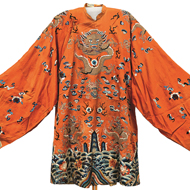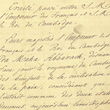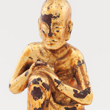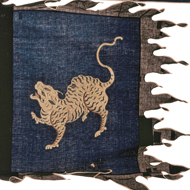the forming of french indochina
France took more than 40 years to set up its colonial empire in the Far East despite regime changes in France and political developments in the Far-East After the first Opium War from 1839 to 1841, the French maritime presence became more accentuated in the China Sea and, from the 1840s, the Navy, to consolidate its position in this part of the world, recommended that France should take action in Vietnam.
The conquest of Indochina derived from Franco-British rivalry, economic interests linked to Chinese markets and local religious tensions. The persecutions of the Christians by the Emperor Tu Duc were felt both in French public opinion and within the highest authorities of the Second Empire. Tensions and internal weakness in Indo-Chinese societies made this conquest possible. Some Christians, members of ethnic minorities and mandarins whose social status was declining, as well as those who had run counter to the neo-Confucian policy of the Nguyen dynasty, supported the establishment of the French colonial order in Indochina or were not opposed to it.
France therefore gained mastery of the peninsula in two phases. First of all, from 1856 to 1867, the Navy of Napoleon III conquered the south of the Vietnamese territory, called Cochinchina, and extended its influence over the Kingdom of Cambodia, in this way controlling the lower Mekong basin. Then, from 1873 to 1897, continuing the Second Empire’s action, the Third Republic, alert to economic pressure groups, to the glory and the «civilising mission» of France, sent an expeditionary force to conquer and pacify Annam and Tonkin where it had to confront China, both on land and at sea. The constitution of this enormous area, from 1887 called the «Indochinese Union», comprising a colony, Cochinchina, and three protectorates, Cambodia, Annam and Tonkin, was officially completed when the Laotian principalities were made protectorates in 1893 then, in 1907, when two provinces were handed over by Siam and Cambodia. But this region was «pacified» only at the end of the First World War.
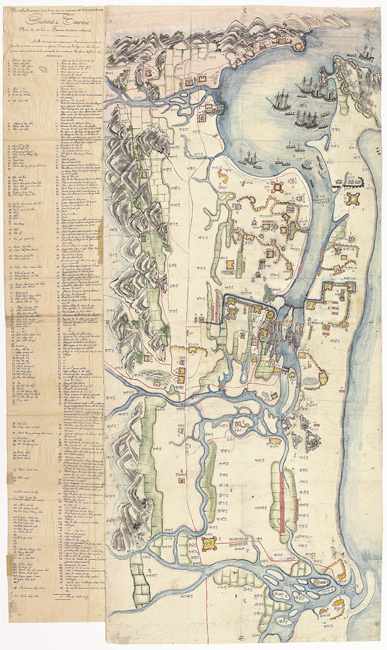
cochinchinese map of the bay and the defences of the tourane river
Chinese paper, tracing paper
Map taken from the residence of a military mandarin, on 15 September 1859
© Paris, musée des Archives nationalesx
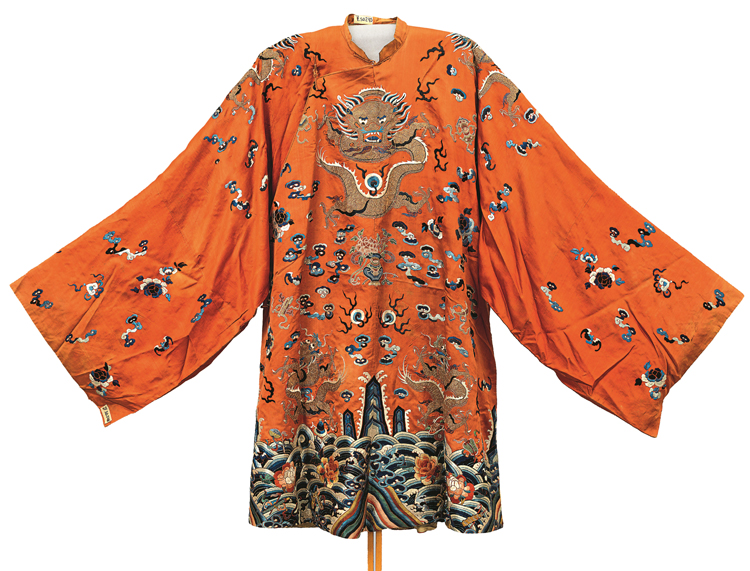
uniform worn by nguyen tri phuong
commander-in-chief of staff of the viernamese army
Around 1861. Silk
© Paris, musée national de la Marine

logbook of the pavie mission
Auguste Pavie, 1885
© Archives nationales d’outremer, Aix-en-Provence

treaty of peace and friendship,
concerning the establishment of the french protectorate in cambodia
11 August 1863. Paper.
© La Courneuve, Archives du ministère des Affaires étrangères
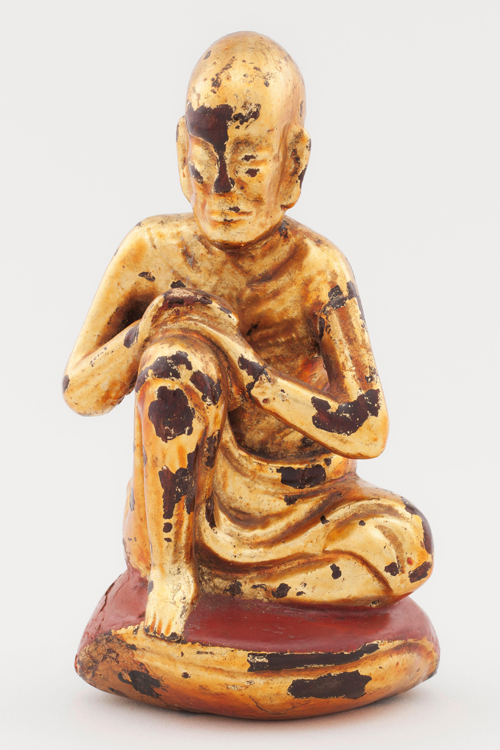
statuette of arhat
Gilded wood., H. 11 cm, Inv. 2224
taken on 18 September 1883 by Corporal Richard of the 2nd Infantry Marine Regiment
from a pagoda in the hamlet of Ké-Maïï
© Paris, musée de l’Armée - Don de M. Richard, 1899

pack of playing cards
XIXe siècle, carton, H. 10 cm ; L. 8 cm, Inv. Cd 944
Taken from the Black Flags in 1885
© Paris, musée de l’Armée
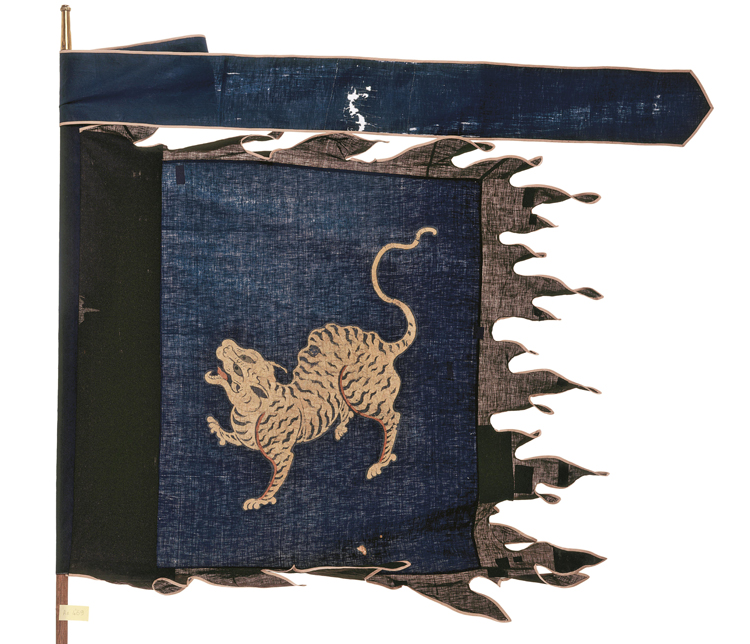
annamite flag
1885 H. 145 cm, L. 145 cm
© Paris, musée de l’Armée









